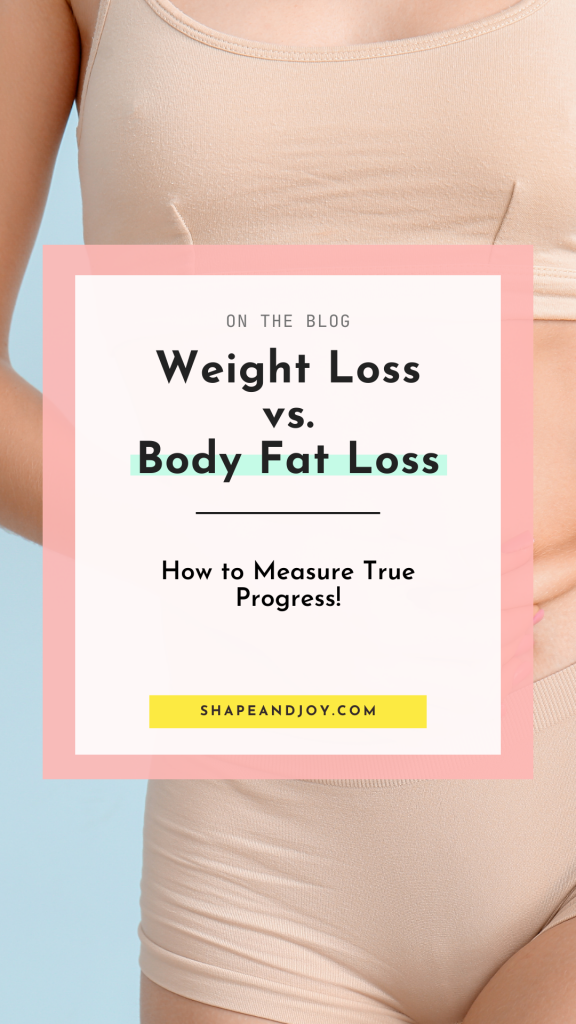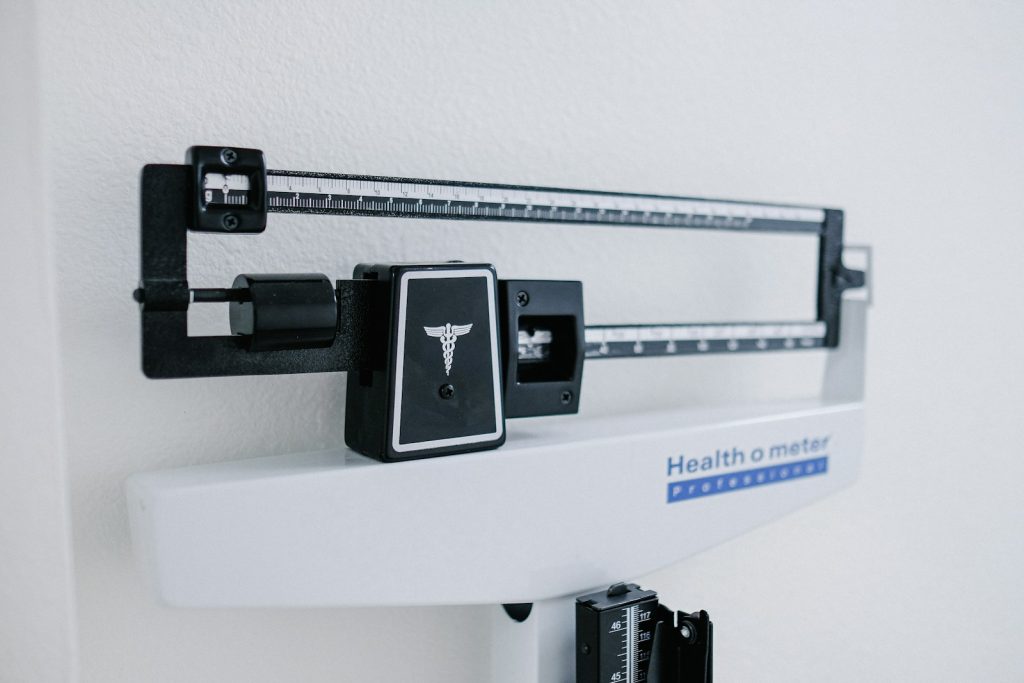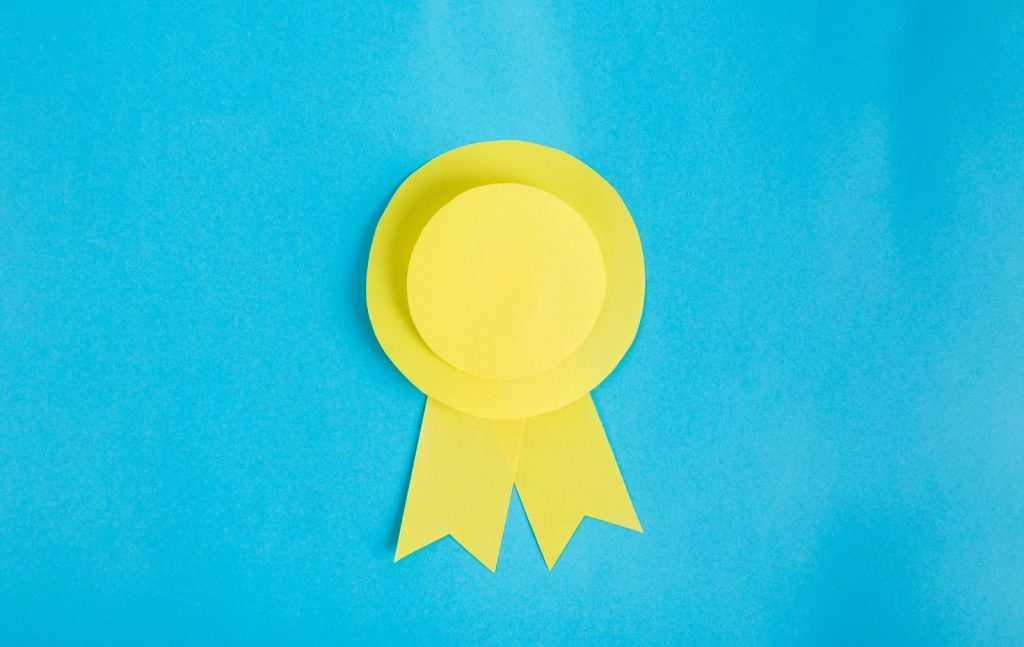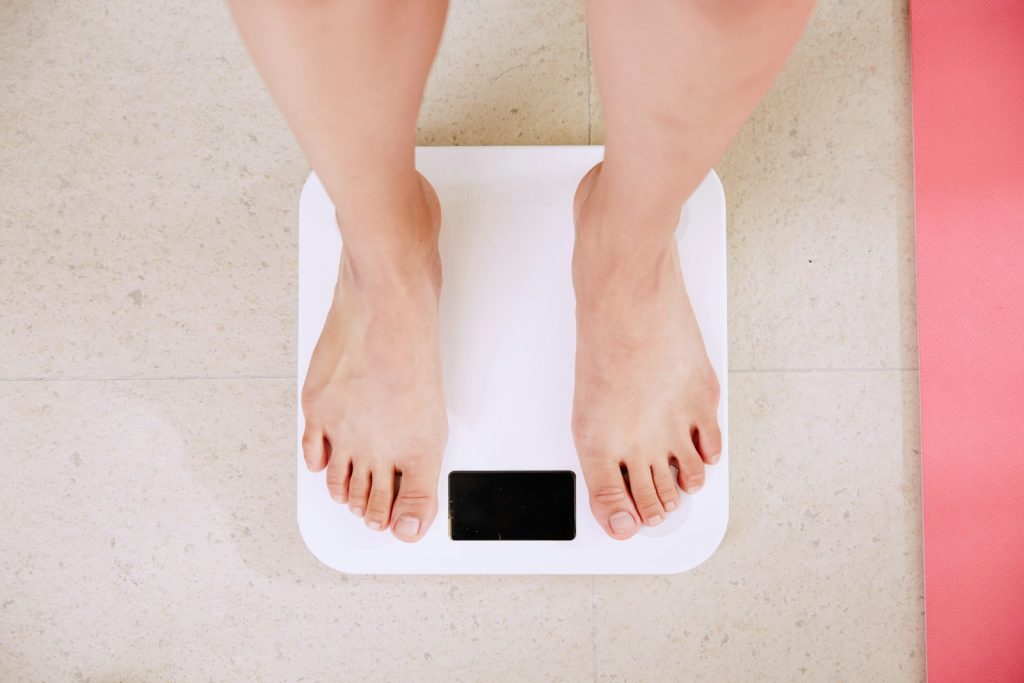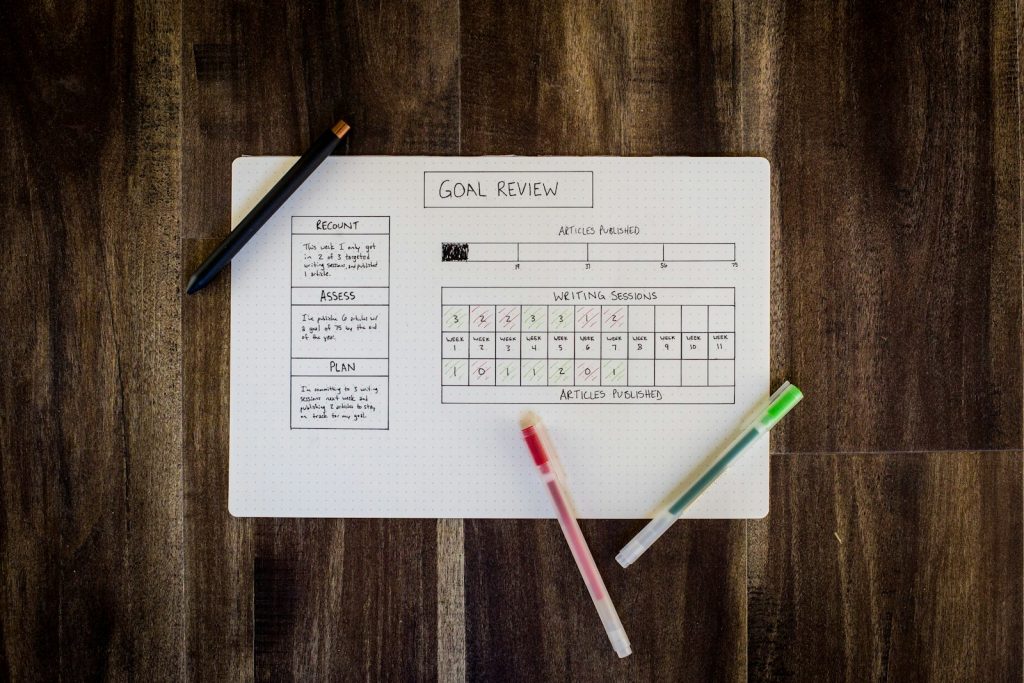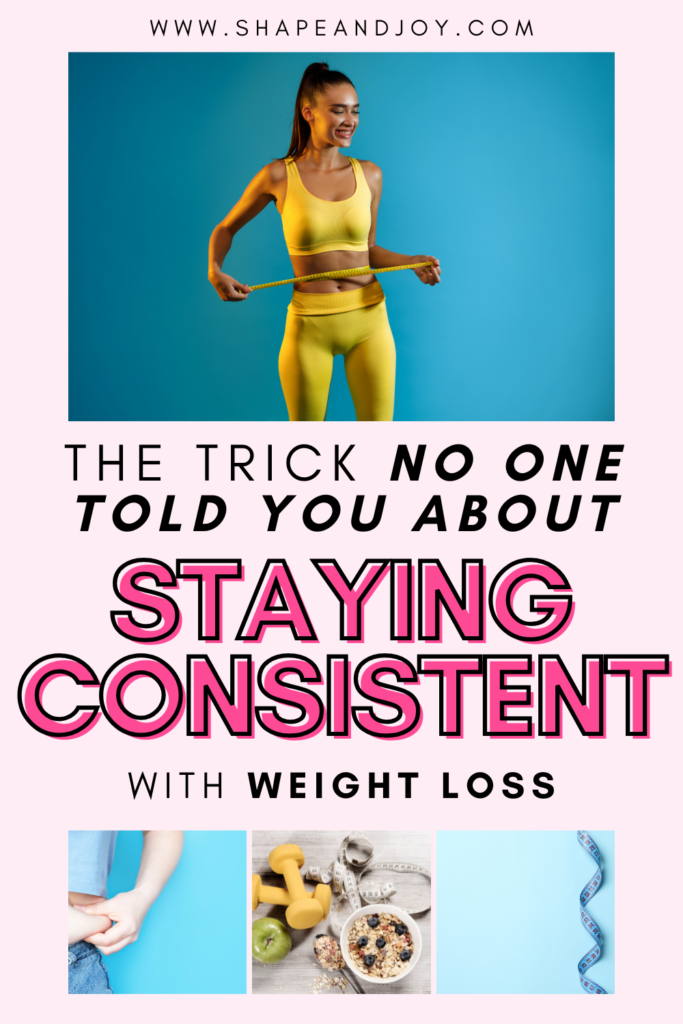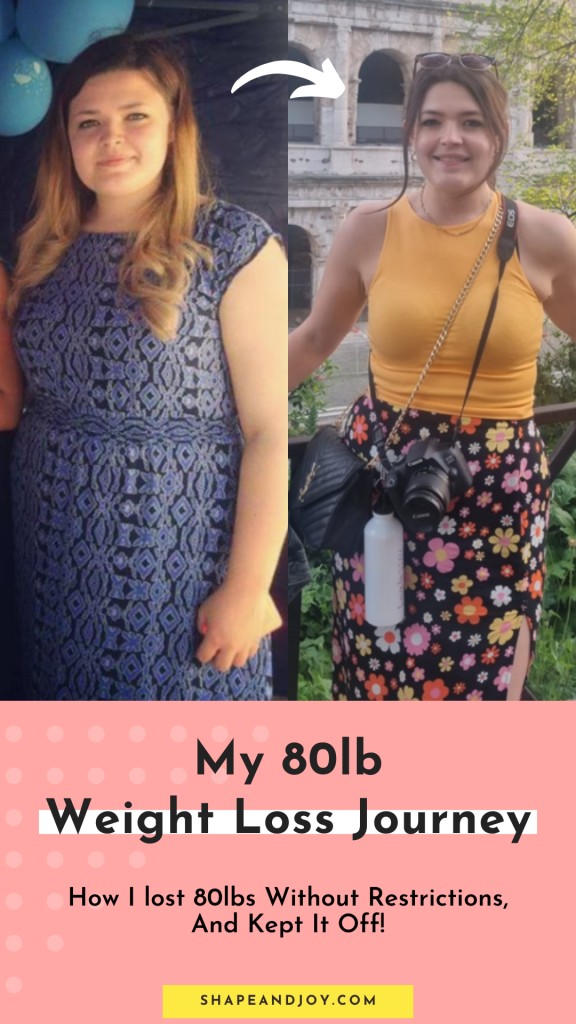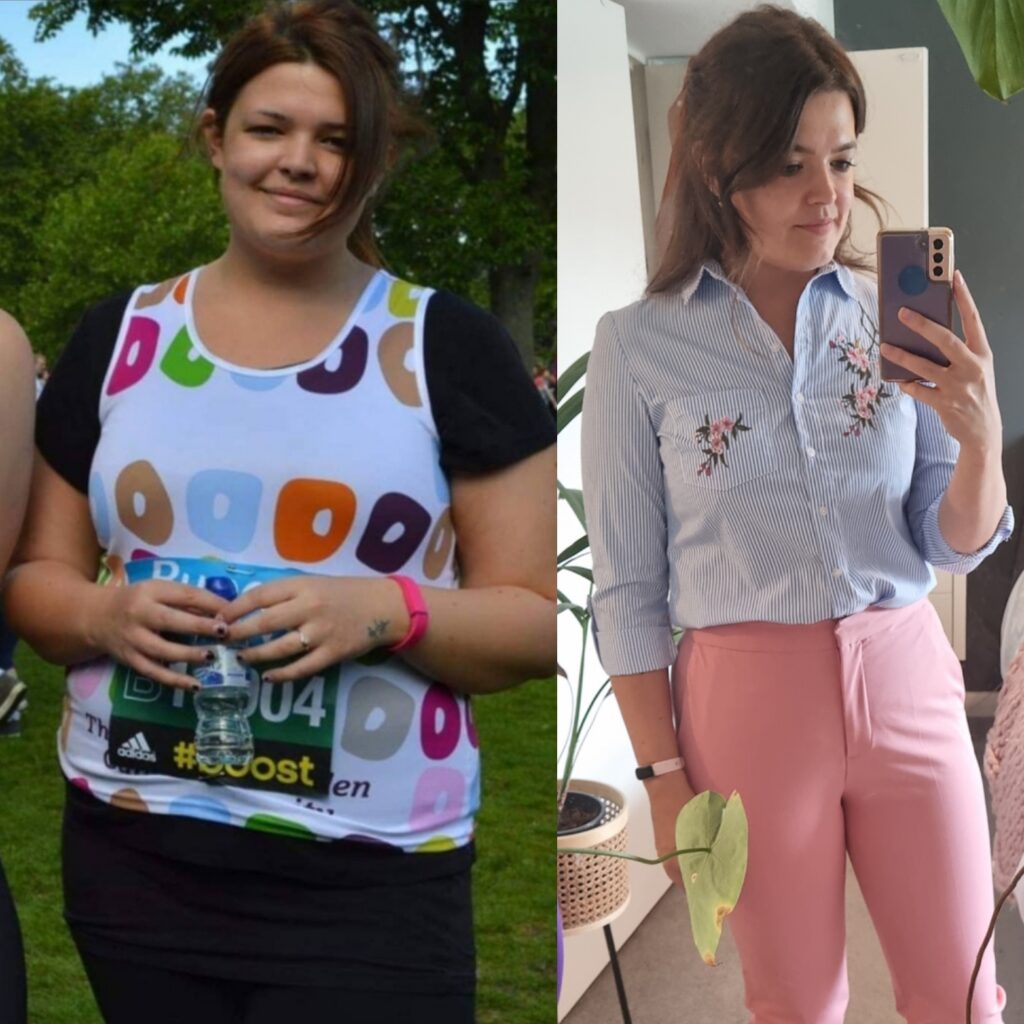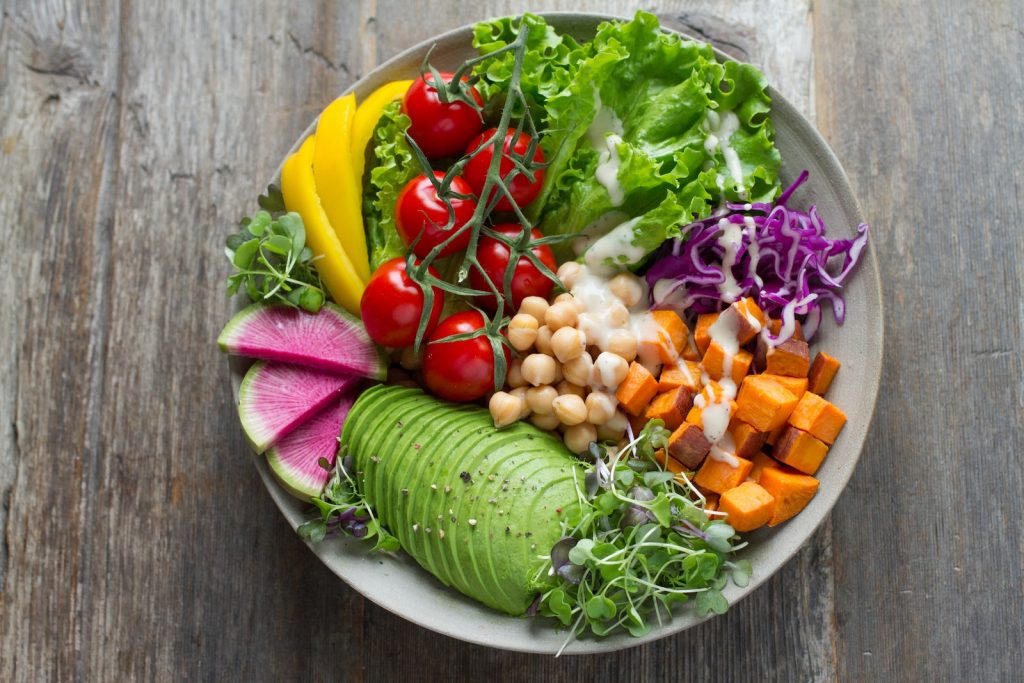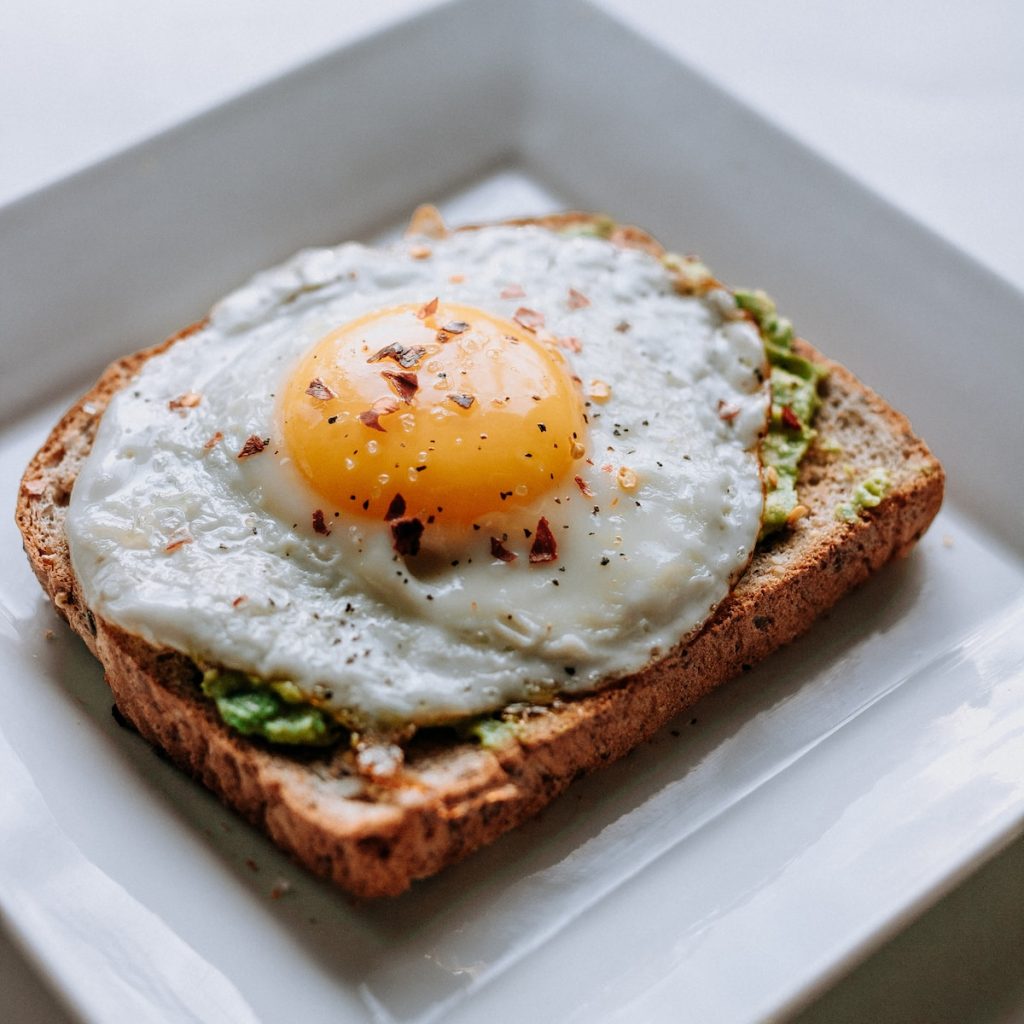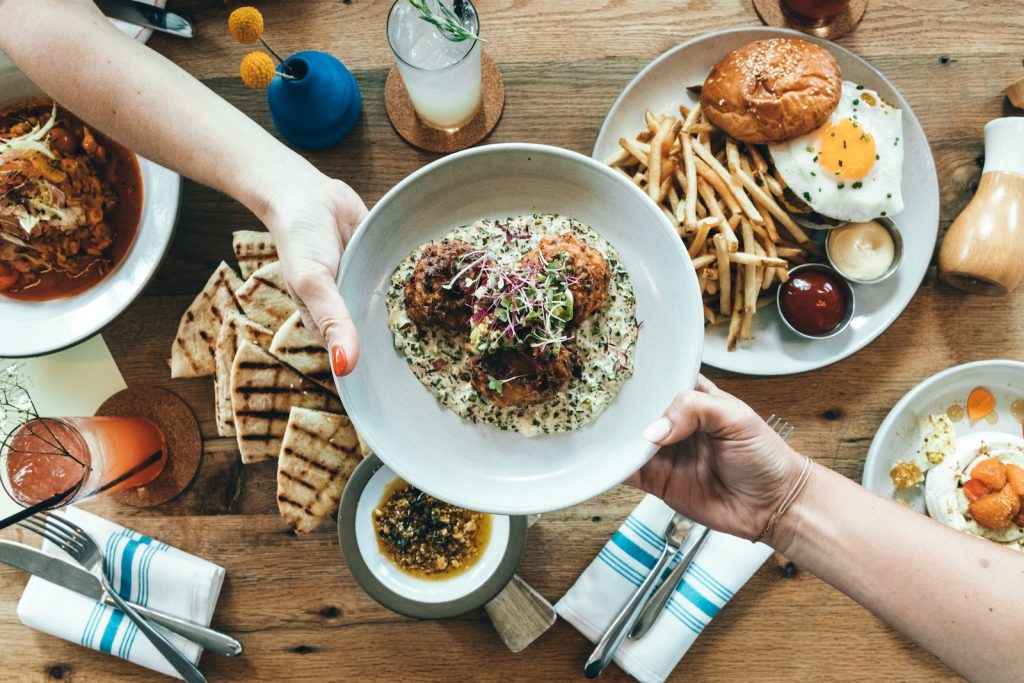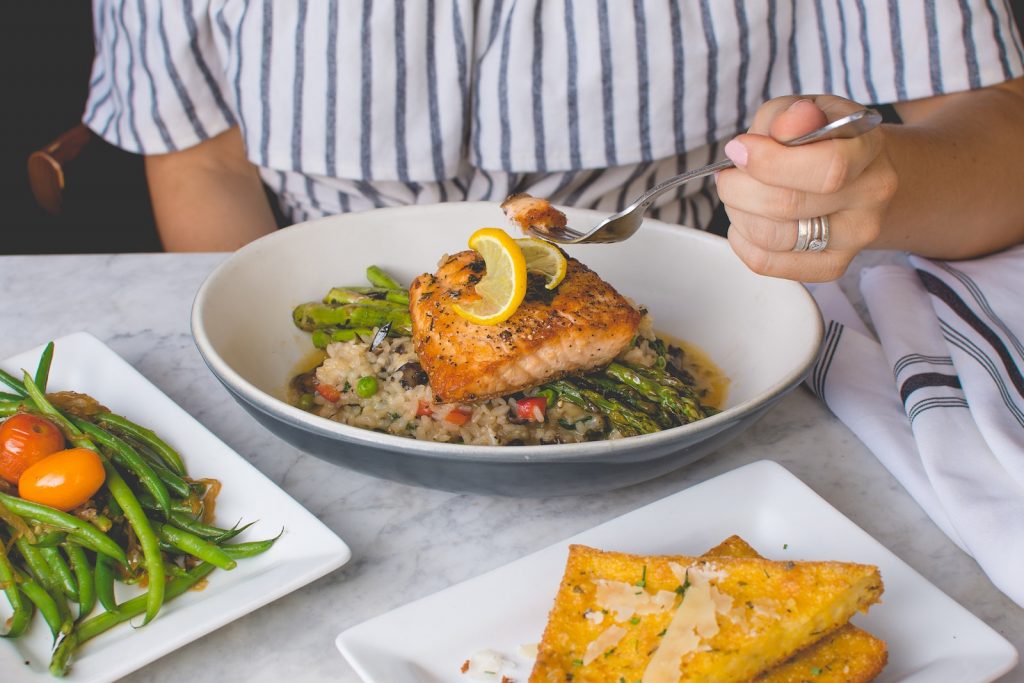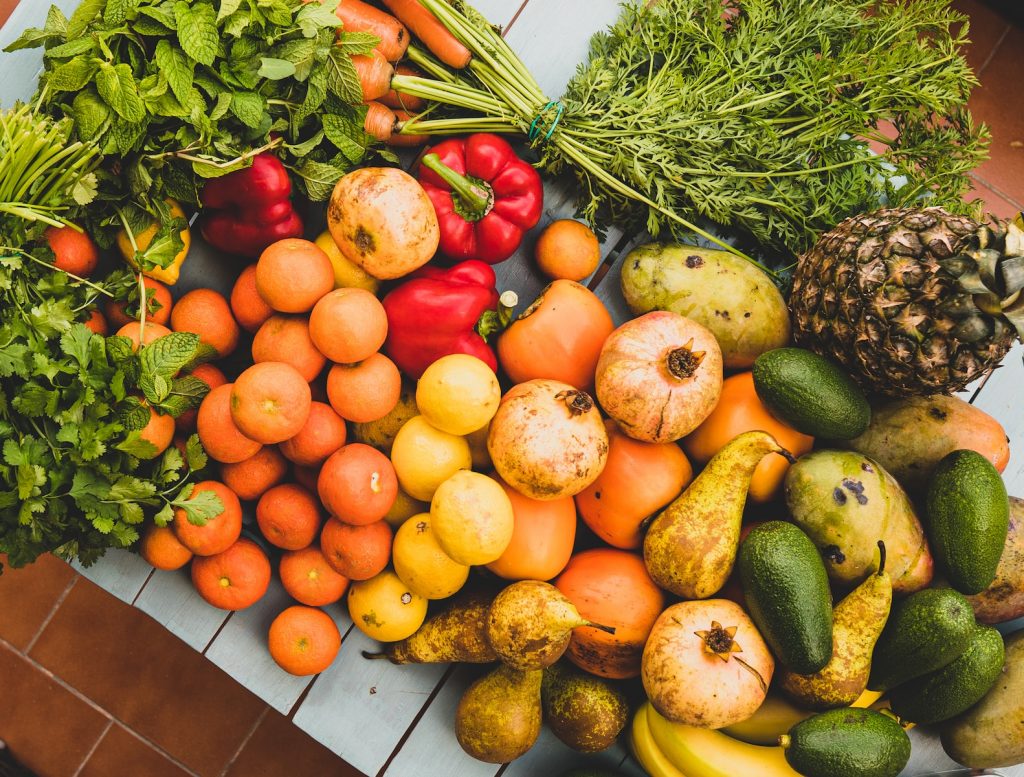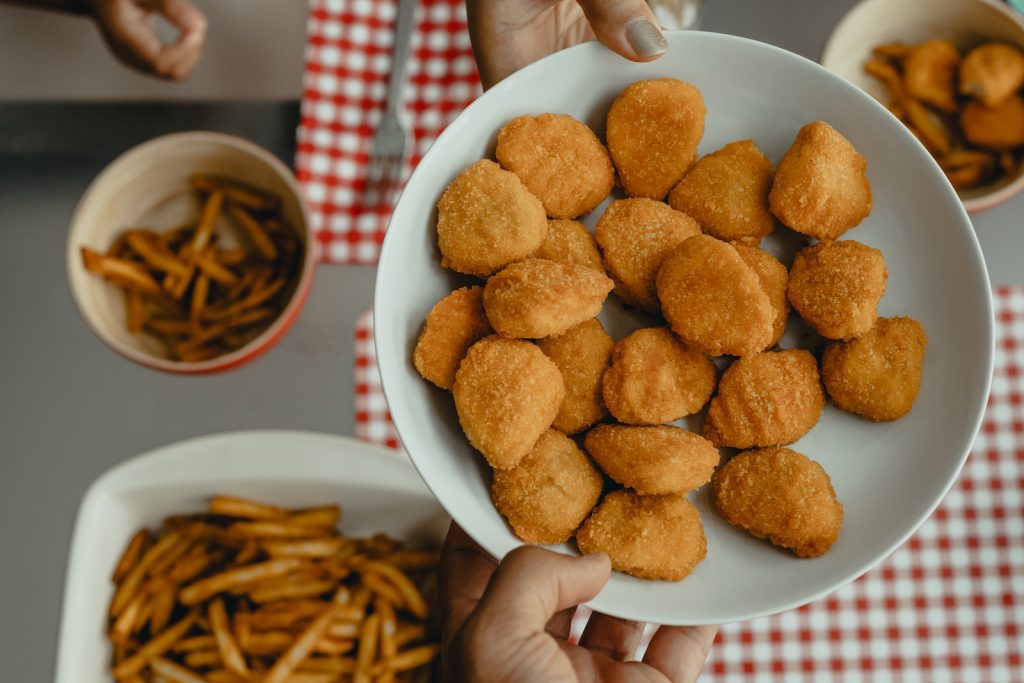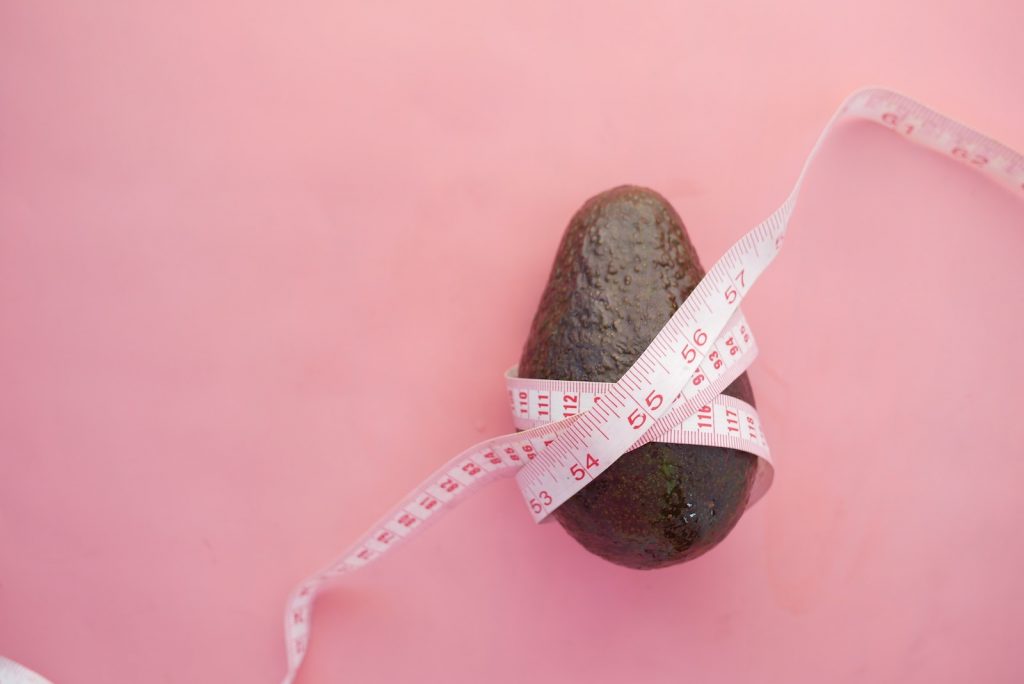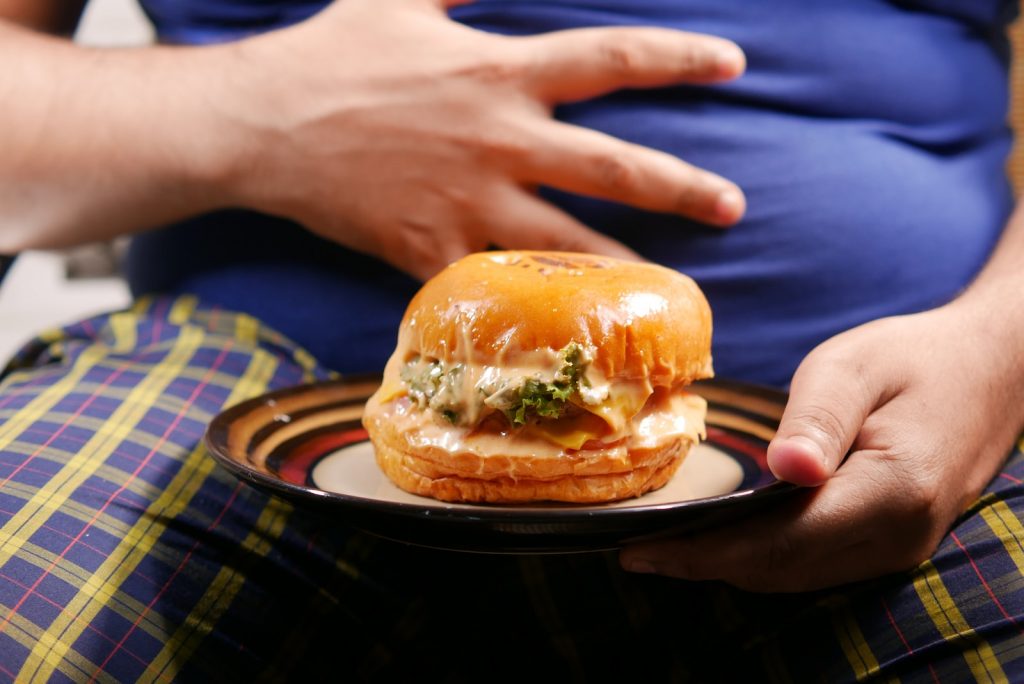Wholesome Foods For A Happy And Sustainable Weight Loss
Introduction
Hey there! Welcome, or welcome back! If you’ve ever found yourself frustrated with yo-yo dieting or restrictive weight loss plans, you’re not alone! True, sustainable weight loss is all about making gradual, lasting changes that you can stick with for a long time, and have them become part of your life. It’s not about depriving yourself or jumping on the latest diet fad. Instead, it’s about embracing wholesome foods—minimally processed, nutrient-dense options.
In this post, I want to explain more about sustainable weight loss and the role wholesome foods play in achieving long-term weight management. This includes practical tips for making these foods a regular part of your diet and some of my favourite recipes that prove healthy eating can be delicious!
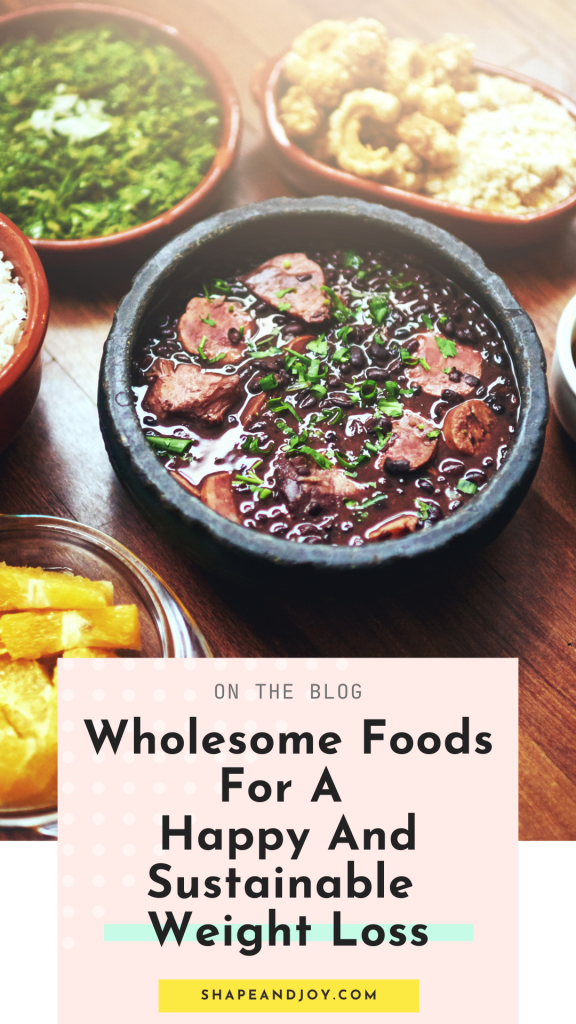
What Is Sustainable Weight Loss?
Sustainable weight loss is about creating a healthy lifestyle that you can maintain over time, rather than quick fixes. It’s important because it focuses on long-term health benefits rather than short-term results. Unlike crash diets, which are all about fast results through extreme restriction or eliminating entire food groups, sustainable weight loss promotes steady progress with balanced eating and regular exercise.
I know this firsthand from my own journey. When I decided to lose weight, I knew I needed a plan that I could stick with for the long haul. Over time, I lost over 80 pounds by making small, consistent changes to my diet and lifestyle.
Instead of crash diets and extreme measures, I focused on wholesome foods—nutrient-dense, minimally processed options that fueled my body and kept me feeling full. This approach not only helped me lose weight but also improved my overall health, well-being and self-confidence.
Crash diets and extreme measures might show quick results, but they often lead to muscle loss, nutritional deficiencies, and a slowed metabolism. Worse, they can create a cycle of weight loss and gain that’s tough on both your body and your mental health. This approach is not good for you in the long run.
POSTS YOU MAY BE INTERESTED IN:
- Unhealthy Relationship With Food: 7 Tips To Overcome Food Guilt
- Science-Based Nutrition: 5 Tips To Lose Weight The Healthy Way
- Unconditional Permission To Eat For Sustainable Weight Loss
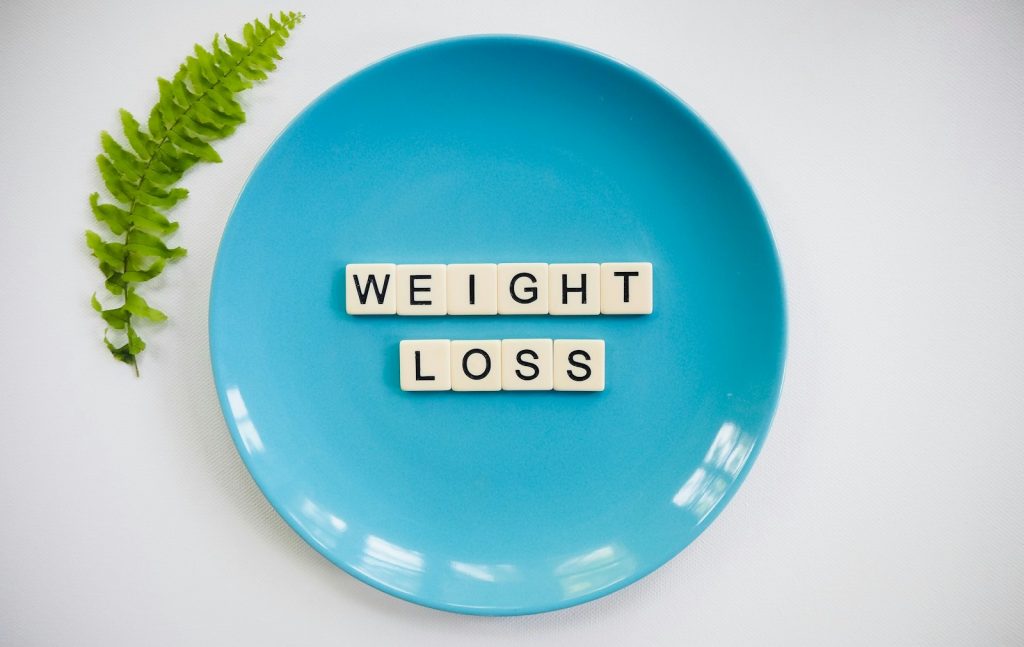
Finding Balance with the 80/20 Rule
One of the key lessons I learned during my weight loss journey is the importance of balance. Strict diets that ban your favourite foods can make you feel deprived and are hard to stick to. That’s why I started using the 80/20 rule, which played a huge role in my weight loss success.
The 80/20 rule is simple: 80% of the time, you focus on eating nutritious, wholesome foods—like fruits, vegetables, proteins, whole grains, and healthy fats. These foods provide your body with the essential nutrients it needs to thrive, keeping you energised and satisfied. The other 20% of the time, you allow yourself to enjoy your favourite treats without guilt. This could be anything from a piece of chocolate cake to a burger with friends.
This approach helps you find a healthy balance between nourishing your body and enjoying life’s pleasures. It stops you from feeling deprived and makes it easier to stick to your healthy eating habits in the long run. During my journey, I found that following the 80/20 rule allowed me to stay committed to my weight loss goals while still enjoying the foods I love.
It turned healthy eating from a restrictive chore into a sustainable lifestyle.
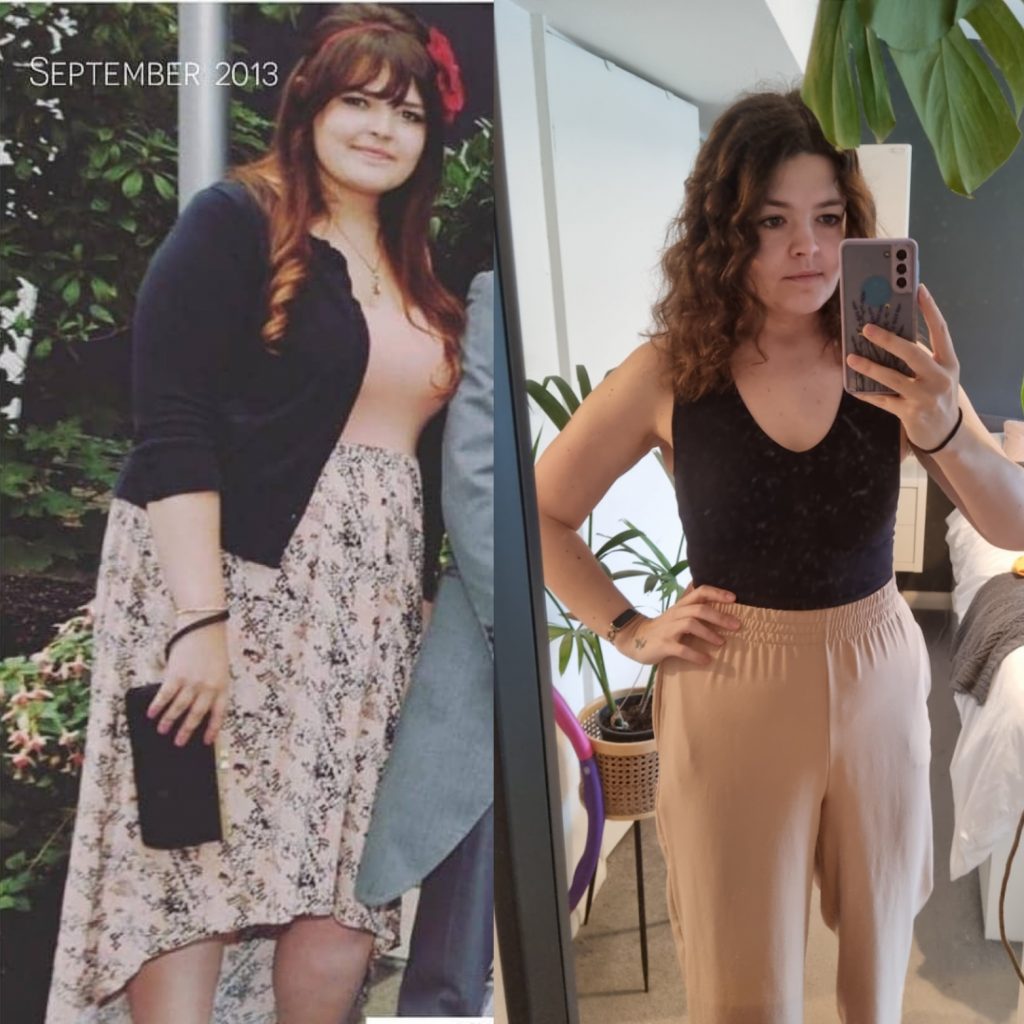
LEARN MORE ABOUT MY WEIGHT LOSS JOURNEY! > How I Lost Over 80lbs: Tips For Starting A Weight Loss Journey
What Makes a Food Wholesome?
Wholesome foods are the cornerstone of a healthy diet, for both overall well-being and weight loss. But what exactly makes a food “wholesome”? In essence, wholesome foods are nutrient-dense, minimally processed, and as close to their natural state as possible.
Defining Wholesome Foods
Nutrient-Dense: Wholesome foods pack a lot of essential nutrients—like vitamins, minerals, and fibre—into each serving. Basically, you get more bang for your buck nutritionally, helping you get the most out of what you eat.
Minimally Processed: The less processing a food undergoes, the more nutrients it retains. Minimally processed foods are free from unnecessary additives, preservatives, and artificial ingredients that can detract from their nutritional value.
Natural: Wholesome foods come from nature, not a factory. They include fresh fruits and vegetables, whole grains, lean proteins, and healthy fats.

Key Characteristics of Wholesome Foods
- High in Vitamins and Minerals: Essential for maintaining bodily functions, vitamins and minerals boost your immune system, support growth and development, and help cells and organs do their jobs.
- Rich in Fibre: Fibre aids in digestion, helps control blood sugar levels, and keeps you feeling full longer, which is extra important when you are cutting calories. Foods like vegetables, fruits, legumes, and whole grains are good sources of fibre.
- Contains Healthy Fats: Not all fats are created equal. Healthy fats, found in avocados, nuts, seeds, and olive oil, are vital for brain health, hormone production, and satiety.
- Natural Sugars and Low in Added Sugars: Wholesome foods contain natural sugars that are accompanied by fibre and other nutrients, unlike added sugars that provide empty calories and can lead to weight gain and other health issues.
Supporting Health and Weight Loss
Incorporating wholesome foods into your diet supports overall health and weight loss in many ways:
- Sustained Energy: Nutrient-dense foods provide steady, long-lasting energy without the crashes associated with processed foods.
- Improved Satiety: Foods high in fibre and healthy fats help you feel full and satisfied, reducing the temptation to overeat.
- Balanced Blood Sugar: Wholesome foods help maintain stable blood sugar levels, preventing the spikes and crashes that can lead to cravings and overeating.
- Nutrient Sufficiency: By eating a variety of wholesome foods, you ensure your body gets all the essential nutrients it needs to function optimally, supporting metabolism and overall health.
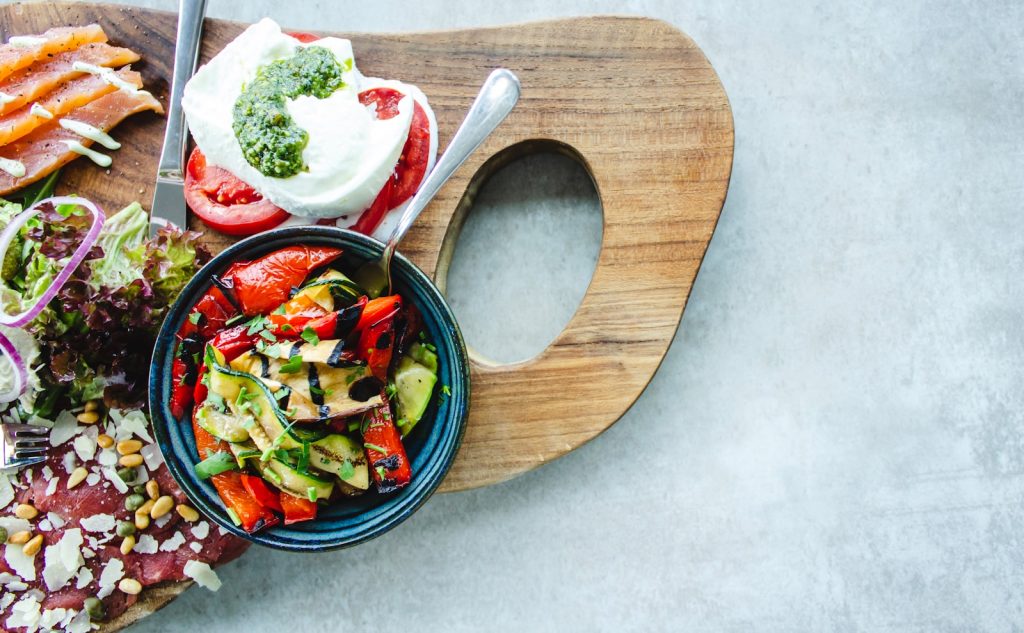
Key Wholesome Foods for Weight Loss
Fruits and Vegetables
Importance: Fruits and vegetables are high in fibre, vitamins, and minerals while being low in calories. This makes them great for weight loss, as they fill you up without adding too many calories.
Examples: Leafy greens (spinach, kale), berries (strawberries, blueberries), apples, carrots, and broccoli.
Incorporation Tips:
- Smoothies: Blend spinach or kale with berries and a banana for a nutrient-packed smoothie.
- Salads: Add a variety of veggies to your salads, including leafy greens, carrots, and bell peppers.
- Stir-Fries: Incorporate broccoli, bell peppers, and other veggies into your stir-fries.
Whole Grains
Benefits: Whole grains retain their bran and germ, making them higher in fibre, vitamins, and minerals compared to refined grains. They help maintain steady energy levels and keep you full longer.
Examples: Quinoa, brown rice, oats, and whole wheat.
Incorporation Tips:
- Breakfast: Start your day with oatmeal topped with fresh fruit and nuts.
- Lunch/Dinner: Use quinoa or brown rice as a base for salads and bowls.
Lean Proteins
Role: Protein is essential for satiety and muscle maintenance. It helps keep you full and supports muscle repair and growth, which is important when you’re in a calorie deficit and losing weight.
Examples: Chicken breast, fish, beans, lentils, and tofu.
Incorporation Tips:
- Grilled Chicken: Add grilled chicken breast to salads or wraps.
- Fish: Enjoy baked or grilled fish with a side of veggies for dinner.
- Beans and Lentils: Make soups or stews with beans and lentils.
- Tofu: Stir-fry tofu with vegetables for a quick meal.
Healthy Fats
Importance: Healthy fats are vital for brain health, hormone production, and satiety. They also help absorb fat-soluble vitamins like A, D, E, and K.
Examples: Avocados, nuts, seeds, and olive oil.
Incorporation Tips:
- Salads: Add avocado slices to your salads for a creamy texture.
- Snacks: Enjoy a handful of nuts or seeds as a snack.
- Cooking: Use olive oil for cooking and drizzling over vegetables.
- Smoothies: Blend a tablespoon of chia seeds or flaxseeds into your smoothies.
Dairy and Alternatives
Choosing: Opt for low-fat and nutrient-rich dairy products to support your weight loss while getting essential nutrients like calcium and protein.
Examples: Greek yoghurt, cottage cheese, almond milk, and soy products.
Incorporation Tips:
- Breakfast: Have Greek yoghurt with berries and a drizzle of honey for breakfast.
- Snacks: Enjoy cottage cheese with sliced fruit or a sprinkle of nuts.
- Smoothies: Use almond milk or soy milk as a base for your smoothies.
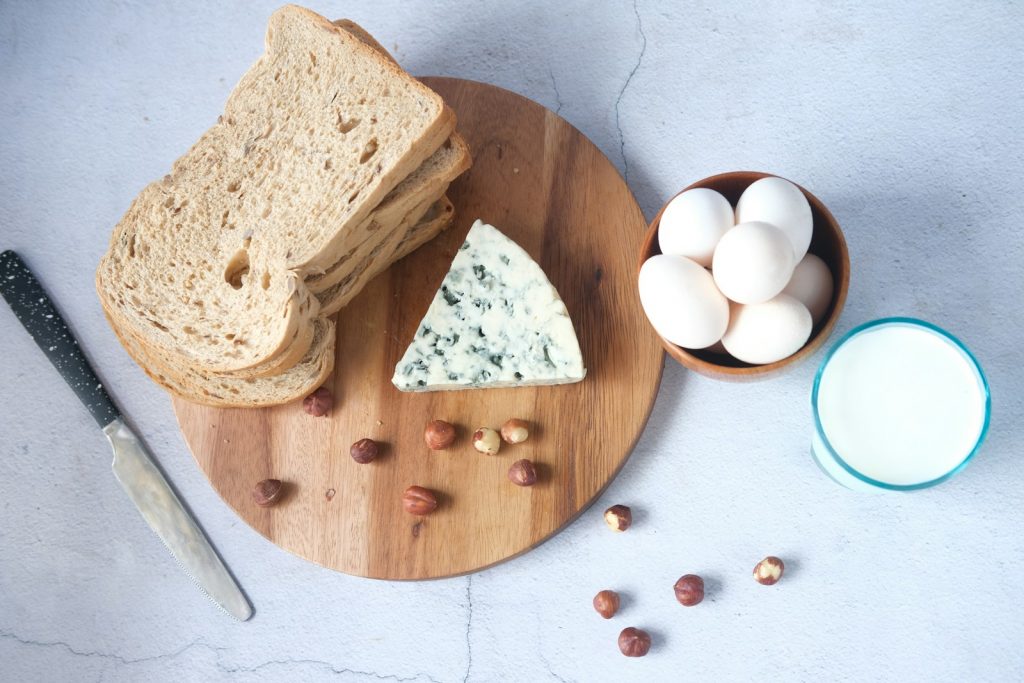
POSTS YOU MAY BE INTERESTED IN:
- Weight Watchers VS Calorie Counting: Which Is Better?
- Intuitive Eating And Weight Gain: How To Prevent It
- Simplify Nutrition With These 5 Easy Tips
Meal Planning with Wholesome Foods
Meal planning is a game-changer when it comes to sustainable weight loss. It helps you make healthier choices, avoid last-minute convenient options, and stay on track with your goals. Here’s why it’s important and how you can create balanced meals with wholesome foods.
Importance of Planning and Preparing Meals
Consistency: Meal planning ensures you have a steady supply of meals, helping you stick to your healthy eating habits even when life gets busy.
Portion Control: Preparing meals in advance allows you to portion out your food correctly, preventing overeating.
Nutrient Balance: Planning helps you ensure your meals are well-balanced, providing the right mix of protein, carbohydrates, fats, and essential vitamins and minerals.
Time and Money Savings: With a meal plan, you can buy groceries in bulk and prepare meals ahead of time, saving you both time and money.
Tips for Creating Balanced Meals with Wholesome Foods
1. Plan Ahead:
- Set aside time each week to plan your meals and make a grocery list.
- Choose recipes that are easy to prepare and incorporate a variety of wholesome foods.
2. Focus on Balance:
- Ensure each meal includes a source of lean protein, healthy fats, and fibre-rich carbohydrates.
- Aim to fill half your plate with vegetables, a quarter with protein, and a quarter with whole grains.
3. Batch Cooking:
- Cook larger portions of meals and store leftovers for quick lunches or dinners throughout the week.
- Prepare components like grains, proteins, and chopped vegetables in advance to save time on busy days.
4. Healthy Snacks:
- Plan for healthy snacks to keep you satisfied between meals and prevent unhealthy cravings.
- Include options like fresh fruit, nuts, Greek yoghurt, and veggie sticks with hummus.
5. Variety is Key:
- Mix up your meals to avoid boredom and ensure you’re getting a wide range of nutrients.
- Experiment with different wholesome foods and recipes each week.
6. Use Simple Recipes:
- Choose recipes with minimal ingredients and straightforward instructions to make meal prep less daunting.
- Focus on meals that can be prepared in one pot or pan to reduce cleanup time.
7. Stay Flexible:
- Allow some flexibility in your meal plan to accommodate cravings or unexpected events.
- The 80/20 rule can help you enjoy occasional treats without feeling guilty.

Recipes with Wholesome Foods
These are some of my favourite recipes that have helped me on my weight loss journey. They’re nutritious, filling, easy to prepare, and incorporate into your daily routine. I’ve linked to some of my go-to recipes online that you can try out. Enjoy!
Breakfast
- Simple Poached Egg and Avocado Toast – Pinch of Yum
- Triple Berry Smoothie Bowl – Eat Yourself Skinny
Lunch
- Mediterranean Chickpea Salad – The Mediterranean Dish
- Chicken and Mango Rainbow Veggie Wraps – Foodie Crush
Dinner
Tips for Staying on Track
Staying on track with your weight loss goals can seem challenging, but it doesn’t have to be! It’s all about finding what works for you and sticking with it. Here are some tips that helped me along my journey and can help you too:
Mindful Eating Practices
Pay Attention to Hunger Cues: Listen to your body. Eat when you’re truly hungry and stop when you’re satisfied. It’s easy to eat out of boredom or stress, but being mindful can make a big difference.
Portion Sizes: Keeping an eye on portion sizes helped me a lot. Try using smaller plates and bowls to help control how much you eat.
Slow Down: Eating slowly can help you realise when you’re full. Take your time, enjoy each bite, and savour the flavours. It made a big difference for me in avoiding overeating.
Be Patient and Consistent
Long-Term Success: Sustainable weight loss is a marathon, not a sprint. Be patient with yourself. Progress can be slow, but every small step counts. That’s why it’s so important to learn ways to enjoy the journey!
Setting Realistic Goals: Set small, achievable goals to keep yourself motivated. Celebrate your progress, no matter how small.
Staying Positive: Focus on your positive changes and how they improve your health. Remember, it’s about the journey and enjoying the process.

POSTS YOU MAY BE INTERESTED IN:
Wholesome Foods For A Happy And Sustainable Weight Loss: Conclusion
Starting a sustainable weight loss journey can be both rewarding and challenging, but it’s all about making small, lasting changes that fit into your lifestyle. By focusing on wholesome foods—those nutrient-dense, minimally processed foods —you can create a balanced diet that supports your health and helps you achieve your weight loss goals.
But remember to treat yourself! Allowing room for your favourite treats is important for maintaining a healthy relationship with food and stops you from feeling deprived. The 80/20 rule is a perfect way to strike this balance—80% of the time, focus on wholesome foods, and 20% of the time, enjoy your favourite snacks or desserts without guilt.
Ready to start your journey to sustainable weight loss? Start by incorporating some of these wholesome foods into your daily routine and see the difference they can make. Try out the recipes I’ve linked and let me know which ones become your favorites!
I’d love to hear about your progress and any tips you’ve discovered along the way. Share your experiences and favourite recipes in the comments below. Don’t forget to subscribe to my blog for more tips and inspiration to keep you motivated on your path to a healthier, happier you.







